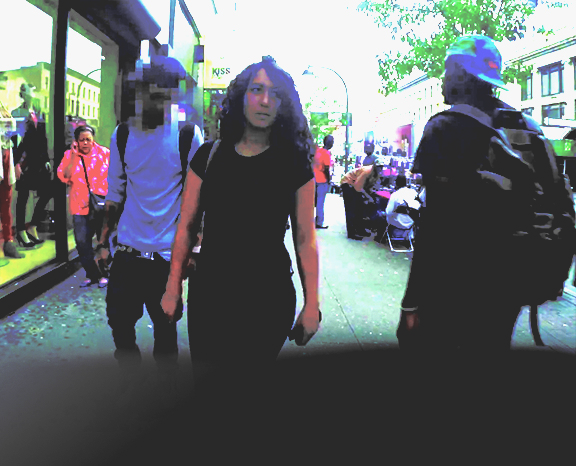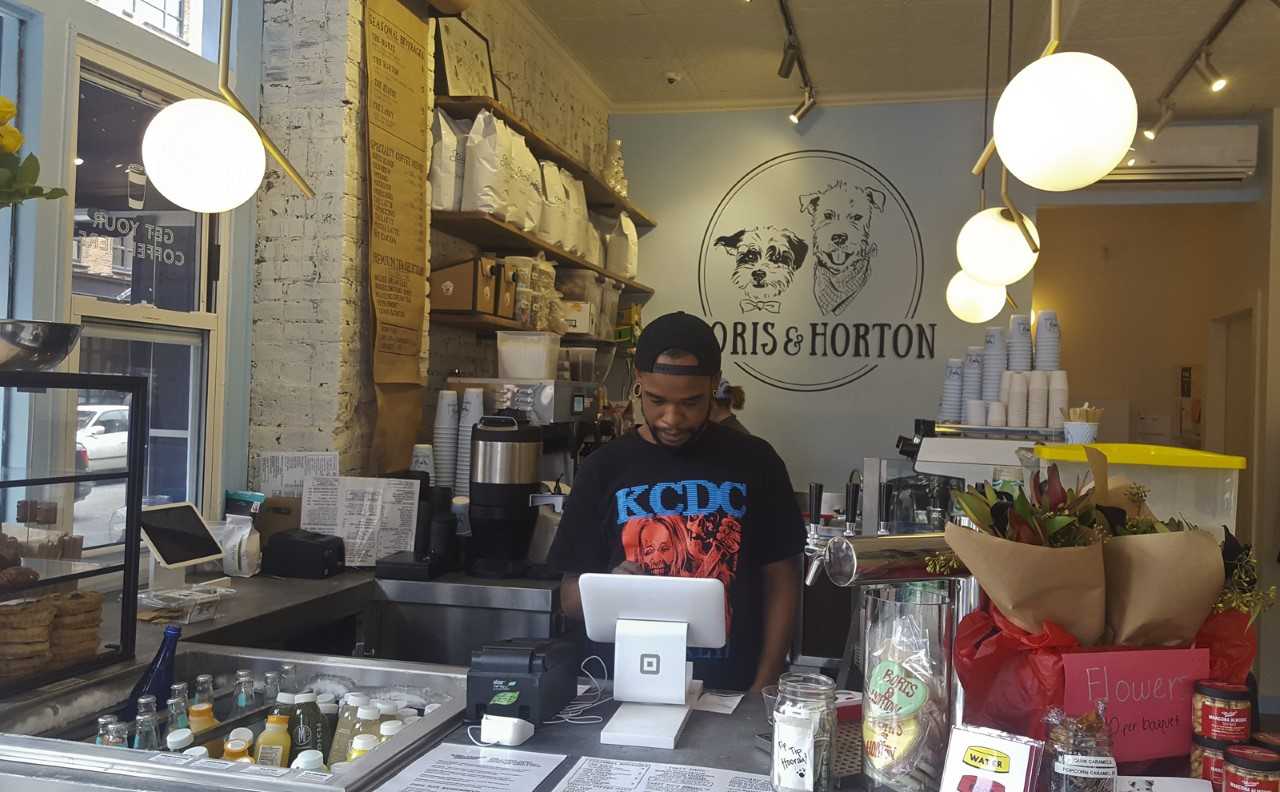Street Harassment is Still an Issue for New York Women
Imagine walking down the street passing a guy and he starts sending a series of derogatory terms and uncomfortable “compliments” your way, and you have the choice to either respond or ignore…annoying right? The issue of harassment is another one of the many dilemmas of the female experience.
Street harassment, or “catcalling”, is any action or comment between strangers in public places that is considered uncomfortable, threatening or disrespectful. It causes women to feel rather unsafe walking the streets of New York.
Catcalling creates a lot of discomfort among women, where or when they walk down the street. They feel as though they are being disrespected. You can say it’s another way to give men a platform to present their sexist ideas. Women usually deal with men responding to them in a variety of ways ranging from simple remarks to walking alongside them to incite a reaction of some kind.
Some women who’ve experienced street harassment have different beliefs as to why men harass women on the streets, ranging from simply instigating to demanding attention. McDonald’s crew trainer in Brooklyn Gabriella Shepherd experienced such a situation. The remark made her so angry she made a Facebook post alluding to the situation, something she rarely does.
“They’re just desperate for female attention,” said Shepherd. “I was walking with my mom and I had on my McDonalds uniform and one dude wants to shout ‘Can I get a double cheeseburger?’ I’ve had another guy come through the drive-thru say ‘Damn you got some sexy ass lips’ like ewww!”
A number of incidents have brought the topic front and center. An advocacy group called Holloback! posted a video by Rob Bliss of actress Shoshana Roberts walking through the streets of Manhattan, where she is harassed more than 100 times in 10 hours. The men made a series of different remarks, some of them sounding harmless like, “how you doin?” and, “have a good day.” But one of the most disturbing moments in the video was one of the street harassers walking next to her without saying a word for five minutes. The video sparked such controversy that Roberts started receiving rape threats online.
According to the National Street Harassment Report, 65% of women have experienced some form of street harassment, 23% have been sexually touched, 20% have been followed and 9% have been forced to do something sexual.
One less known story of street harassment gone wrong is the death of Mary Spears, a 27-year old Detroit women who was shot by a man trying to get her number after she refused him. It started off with Spears meeting the man at a church where he asked for her number but she told him she was engaged. It then escalated where he continued to harass and then hit her, causing him to get into a fight with her fiancée and the man shot her and shot three other people in the vicinity.
“She said she had a man and you get mad and kill her? It just shows that he couldn’t handle rejection.” said Shepherd.
English major Christian Vega of Hunter College, although he has never participated in street harassment, has heard stories from his friends about their experiences with street harassment and takes a very strong stance against it.
“I believe that street harassment is a huge problem for all women. Its toxic to blindly believe this isn’t a serious issue because catcalling is a form of asserting dominance and objectifying women.” said Vega.
Biology major of Iona College, Kadeem Hendricks, is another non-participant who is against it, seeing it as something childish and out of date.
“Street harassment in my opinion can be dangerous, immature, and a waste of time. People of modern times should know better by now when to leave individual alone, and go on about their day.” said Hendricks.
According to Vega, one of his friends experienced street harassment like every other female individual but what she went through was much more intense. While she was walking home one night, a stranger started to follow her home and decided to grab her arm to prevent her from walking away from him. When she fought back, he called her a “cold-hearted cunt” and an “ugly bitch”. Hendricks also mentioned one of his female friend’s experienced repeated harassment, where they would make sexual remarks and would follow her. Eventually, the situation got so bad they followed her into her dorm room.
Street harassment commonly occurs on the streets and in public places like stores, restaurants, malls, etc. But with the introduction of social media, some would agree that that too is another form of harassment. Some women have received comments from random men through social media outlets such as Facebook and Instagram.
“Social media harassment is the new catcall in today’s day and age due to Instagram.” said Communications Technology major Giovanni Anglin.
According to the Pew Research Center, 25% of young women between ages 18-24 have been sexually harassed online. This is something that isn’t new to Shepherd who received a few uncomfortable comments on her Badoo account, a social media outlet similar to Facebook.
“This one guy sent me a message talking about ‘damn you sexy, can I lick your pussy?’” said Shepherd.
Both local and global organizations were created to stop street harassment in not only New York but around the world. Organizations such as Hollerback are making attempts at educating the public on street harassment and how people can speak up about and put a stop to it. New York City has in total 11 organizations that and Stop Street Harassment have come up with ideas to decrease or get rid of street harassment. In the same Stop Street Harassment report, 91% of respondents believe there are ways to decrease street harassment by increasing police presence, security cameras or school workshops.









